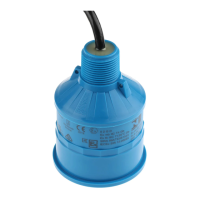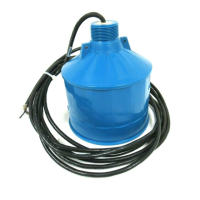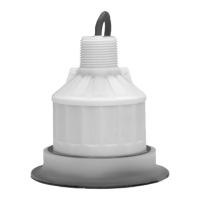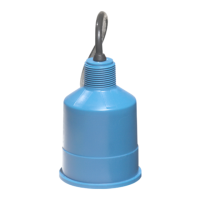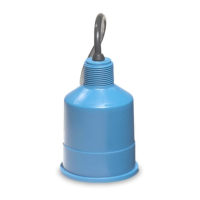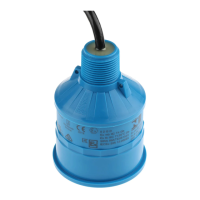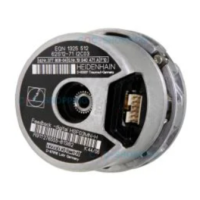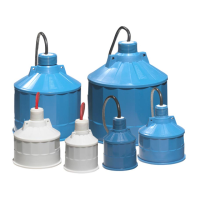
Do you have a question about the Siemens XPS and is the answer not in the manual?
| Technology | Piezoresistive |
|---|---|
| Application | General industrial applications |
| Type | Pressure transducer |
| Output Signal | 4 ... 20 mA |
| Protection Class | IP65, IP67 |
| Electrical Connection | Cable, connector |
| Process Connection | G 1/2, 1/2 NPT |
| Material | Stainless steel |
Defines WARNING and CAUTION levels for safety precautions and potential damage.
Outlines user responsibility for repairs and the requirement to use Siemens components.
Specifies restricting repairs to faulty components and not reusing them.
Outlines transducer operation, sound beam characteristics, and temperature sensing capabilities.
Advises checking chemical compatibility and notes environmental operating ranges.
Details ATEX certifications, temperature classes, and ambient temperature limits for XPS/XCT series.
Covers installation/repair standards, practices, and power supply requirements.
Lists materials used in the construction of XPS and XCT series enclosures and encapsulants.
Details ATEX certification for XPS 30/40 series, including dust zone use and temperature class T4.
Explains product marking and Kynar's chemical resistance, advising checks for specific environments.
Provides certification, environmental, and safety details for the XCT-8 model.
Provides certification, environmental, and safety details for the XCT-12 model.
Notes that product configuration and serial numbers shown are for example only.
Provides certification, environmental, and safety details for the XPS-10 model.
Provides certification, environmental, and safety details for the XPS-15 model.
Notes that product configuration and serial numbers shown are for example only.
Provides certification, environmental, and safety details for the XPS-30 model.
Provides certification, environmental, and safety details for the XPS-40 model.
Notes that product configuration and serial numbers shown are for example only.
Details measurement range, frequency, beam angle, location, altitude, ambient temperature, pressure, and pollution degree.
Covers housing materials, mounting types, and available optional features for transducers.
Details cable types, maximum separation distances, and weight for transducers.
Specifies supply source requirements and lists relevant product approvals like CE, CSA, FM.
Illustrates various transducer configurations (standard, flanges, submergence shield) with labeled dimensions.
Provides specific measurements (A-G) for each XPS and XCT model in millimeters and inches.
Warns that optional flanges and Easy Aimer configurations are not suitable for pressure applications.
Covers general precautions, solids mounting with Easy Aimer, and safety chains.
Advises on tightening, sealing for pressure, and considering the temperature sensor.
Describes mounting with flexible conduit, noting it should not be subjected to vibration or jarring.
Covers submersible mounting with rigid conduit and plywood mounting for isolation.
Details the use of a submergence shield for applications where flooding is possible.
Illustrates blind flange and flanged mounting methods, including gasket and hardware.
Advises tightening flange bolts evenly and cautions against overtightening for performance.
States installation must be performed by qualified personnel according to local regulations.
Advises routing cables in grounded metal conduit for noise isolation and sealing connections.
Warns against loosening, removing, or disassembling process connections while vessel contents are under pressure.
Describes connecting the transducer directly to the transceiver using a two-conductor shielded cable.
Explains connecting via a junction box and RG-62 A/U coaxial cable for longer runs.
Details the 2-wire extension method for specific SITRANS models using shielded/twisted pair cable.
Illustrates XPS/XCT transducer connection for US hazardous and safe locations, including installation notes.
Shows the interconnection diagram for XPS/XCT transducers in Canadian hazardous locations.
Details specific notes for Canadian installations, including cable termination and seal requirements.
